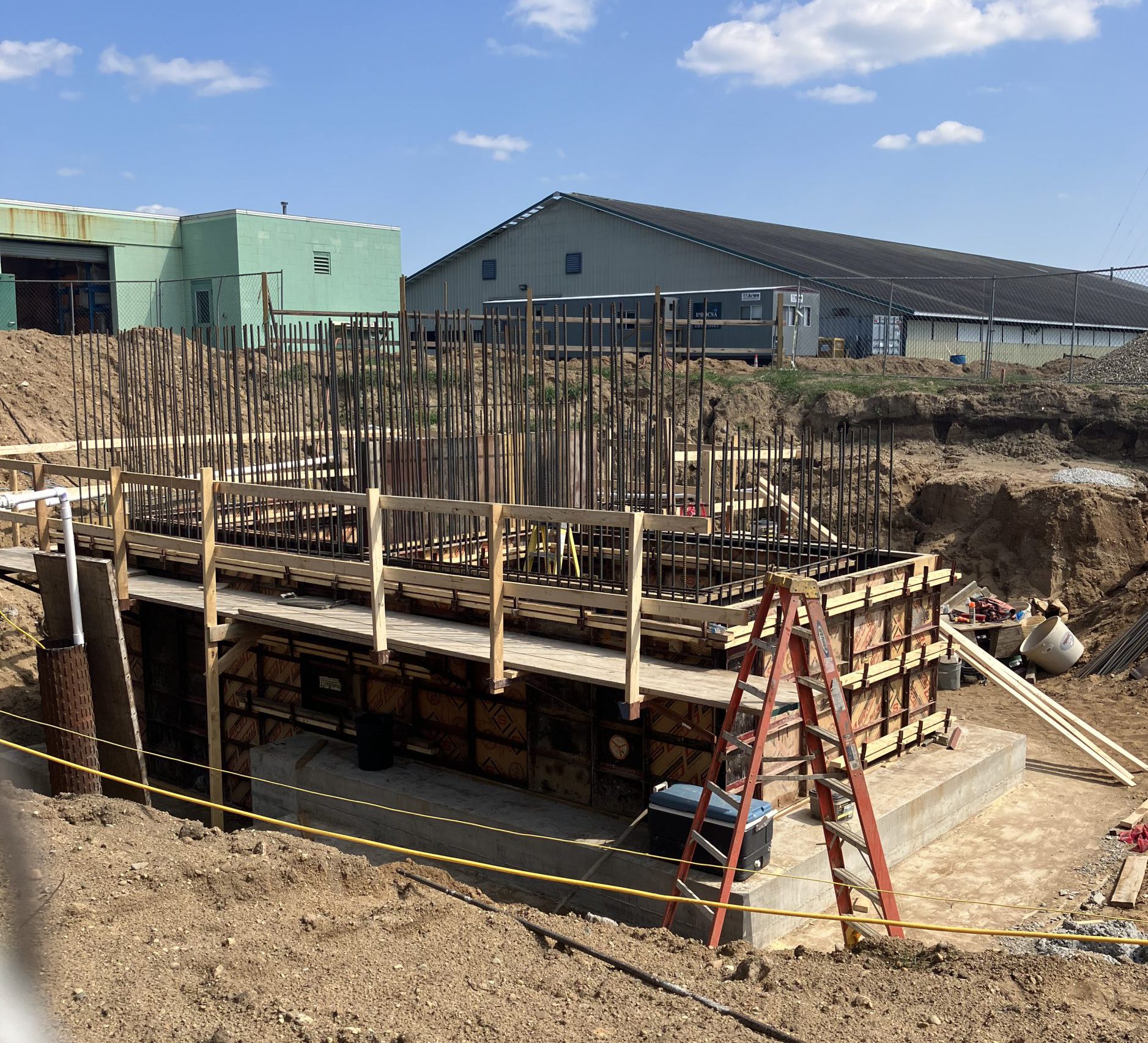
For years, the City of Three Rivers had been plagued by insufficient screening and a preponderance of grit deposition throughout the downstream treatment processes. The City looked to Jones & Henry to design solutions to nagging operational issues with wastewater treatment plant’s preliminary treatment process.
The existing headworks had been in service and untouched since 1996. At the time of its original construction, hydraulic constraints limited the ability to properly design the process equipment. Ineffective screening equipment required significant maintenance to ensure its continued operation. The existing grit system, a vortex system, was installed in a hydraulically inefficient manner which led to significant amounts of grit escaping and ultimately settling in the primary clarifiers, aeration tanks, and digesters (ATAD).
The City selected Jones & Henry to develop their CWSRF project plan and submit it for funding. The project was selected for Q4.5 funding in FY 2022 and qualified for 10% principal forgiveness as a disadvantaged community. Through the qualifications-based selection (QBS) process, the City chose Jones & Henry Engineers as the most qualified engineers to perform the design of the project. Jones & Henry also assisted the City with all the required CWSRF documents.
The headworks improvements include a new process facility housing a perforated plate style mechanical fine screen, a tray-style grit collection system, classifier/washer, and associate electrical devices and controls. Jones & Henry took the construction of a new headworks as an opportunity to raise the hydraulic grade line of the plant by two feet. This additional head will be key as the City plans future projects and process technologies which may have a larger head loss than the current facilities.
Throughout design, Jones & Henry worked with the City to walk them through the design aspects and updated functionality of their system. Concerns over future maintenance led to the design of a collection of channels and stop plates which will allow the City to bypass the screen, the grit system, either or both. Bypass of the grit system includes a channel designed at a slightly negative slope to slow flow velocity to promote settling out of grit in the channel.
Additionally, the City receives septage from area septic tank pumpers. A new septage receiving station was added adjacent to the new headworks which is also capable of functioning as a vactor truck dumping station during City maintenance activities. These additions add significant utility to the City’s new headworks facility and to the treatment plant, as a whole. Currently, this project is under construction with anticipated completion in July of 2025.
The project is in construction and has a construction cost of $7,950,950. The design engineering cost was $575,500.

